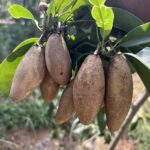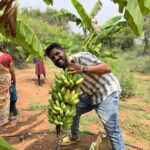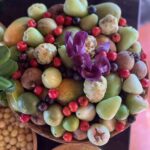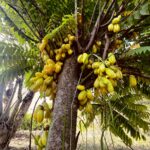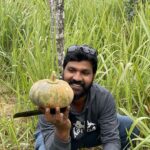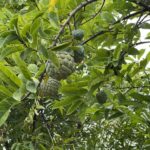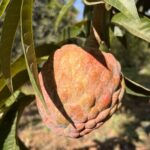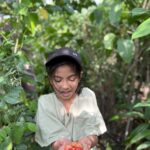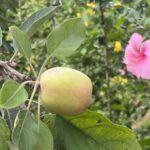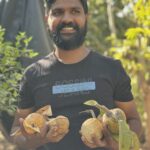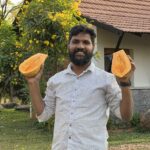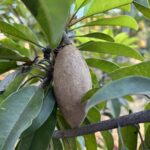How to Grow a Food Forest – FAST
What is a Food Forest?
A food forest, also known as a forest garden, is more than just a garden. It’s a carefully designed ecosystem that mimics a natural forest, but instead of solely wild plants, it integrates fruit and nut trees, shrubs, herbs, vines, and perennial vegetables. This self-sustaining, biodiverse system creates a harmonious environment that not only provides abundant food but also supports the local ecology.
If you have access to a land parcel more than 2000 square feet (for example, maybe a plot you invested in but don’t have plans to build anything there in the immediate future, or maybe a farmland you have but don’t have time to do intensive and regular cultivation) – one of the best things you can do with it – is to grow a food forest there !
Why Build a Food Forest?
- Eco-Friendly: Contribute to a healthier planet by enhancing biodiversity and reducing your carbon footprint.
- Self-Sufficiency: Grow a variety of foods to become more self-reliant.
- Low Maintenance: Once established, food forests require much less work than traditional gardens.
- Educational: Learn about permaculture principles, plant interactions, and sustainable practices.
But forests take many decades to grow …
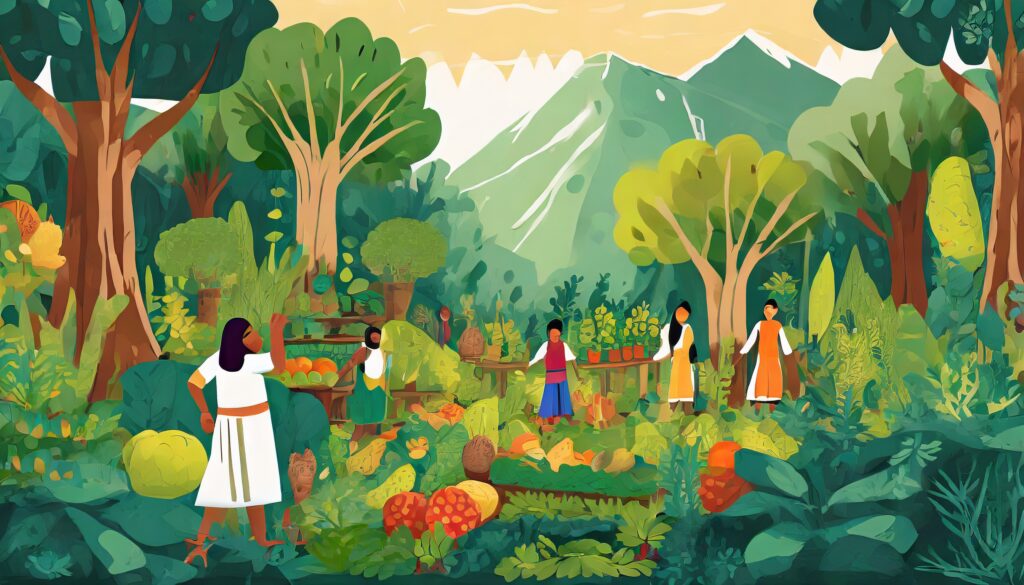
Who Will Benefit Most from This Program?
- 🌿 Ideal for Landowners: Own a patch of land of at least 2000 square feet? Learn to convert it into a vibrant, productive, and low maintenance oasis.
- 🌍 Eco-Enthusiasts: Passionate about eco-friendly living, sustainability, and self-sufficiency? This is for you!
- 🌱 Gardening Skill Levels: Whether you’re a novice or an expert in gardening, our course offers valuable insights for all.
- 🤝 Community Leaders: Want to implement sustainable practices in your communities? This course provides the tools and knowledge you need.
Whatever your goal, this program is for you – transform your land into a bountiful self-sufficient ecosystem with this fast-track course.
This 2 week – 100% Online “How to grow a food forest – FAST”, will help and handhold you in your journey. Our April Batch is now open for enrolment – hurry, limited seats, and doors will close soon ! Participants will also have the option of attending a practical day long session for an additional cost, at a farm 50 km from Bangalore. Details below.
Course Essentials
- 📅 Dates: 3rd September 2024 to 12th September 2024
- 🕓 Time: Every Tuesday & Thursday, for two weeks, 8:00 PM to 9:30 PM IST. Total 4 live interactive sessions. Recordings will be provided if you miss any classes.
- 📚 Materials: Lifetime access to study content in course portal
- 🤝 Community: Engage with fellow learners. Whatsapp Group support for your queries on skin and haircare.
- 📜 Certificate of Achievement: A testament to your new skills
- 🌱 Hands-On Learning: Real-world assignments, plans and quizzes to reinforce your learning
🌐 Whatsapp Group Support: For your experiments with growing your own food forest
- After the end of the online program, participants can choose to build on the learnings and apply them, by attending an OPTIONAL day long, hands-on session at Sanctity Ferme with Shihab:https://maps.app.goo.gl/Ho5jAL5em8N3t5HT9 . This will happen over a weekend, and finalized dates will be shared with course participants. There will be an additional fee to cover food and beverage costs for this.
Class-Wise Curriculum Overview
Class-Wise Curriculum Overview
Session 1 (Duration: 1.5 hours): Introduction to Food Forest and Preliminary Assessment
● Introduction to Food Forest, Basics, and Eligibility (Who can start?)
● Selection of Region: Factors to consider in choosing the right location.
● Identifying Crops: What crops are suitable for your food forest?
● Minimum Area: Determining the smallest viable space to start.
● Sunlight: The role of sunlight in crop selection.
● Selection of Crops based on Light: Matching crops with the available sunlight.
● Assessment: Identifying your area and listing crops suitable for your climate.
● Discussions and QA
Session 2 (Duration: 1.5 hours): Quick Assessment of Your Food Forest Plan
● Review of Day 1’s lessons.
● Crop Planning: Matching crops to your climate and soil
● Space Utilization: Maximizing your available area
● Crop Companionship: Choosing plants that work well together
● Choosing Trees: Selecting trees for your food forest
● Planting Strategy: How to arrange your crops effectively
● Soil preparation
● Quick Assessment Exercise: Applying your knowledge to your specific plan
In this session, participants would delve deeper into crop selection and companion planting
while considering how to make the most of their available space. The session concludes with a
hands-on exercise for participants to apply what they’ve learned to their own food forest plans.Session 3 (Duration: 1.5 hours): Food Forest Plan Design and Crop Variety
● Review of previous sessions.
● Designing Your Food Forest Plan
○ Creating a layout.
○ Considerations for pathways and access.
○ Designing for vertical growth.
● Selecting Crops for Your Food Forest
○ Irrigation
○ Plant care
● Interactive Discussion
○ A deep dive into participants’ food forest plans.
○ Sharing ideas and designs.
○ Addressing questions and concerns about crop selection and design
Session 4 (Duration: 1.5 hours): Food Forest Propagation, Composting, Zones, and Mulching
●A brief review of previous sessions.
●Plant Propagation Techniques
○ Seed Propagation.
○ Budding
○ Grafting.
○ Layering.●Composting for Your Food Forest
○ Understanding the composting process.
○ Different composting methods
○ Creating your own compost.
● Mulching and Its Benefits
○ The importance of mulch.
○ Different types of mulch.
○ How to apply mulch effectively.- ●Interactive Discussion
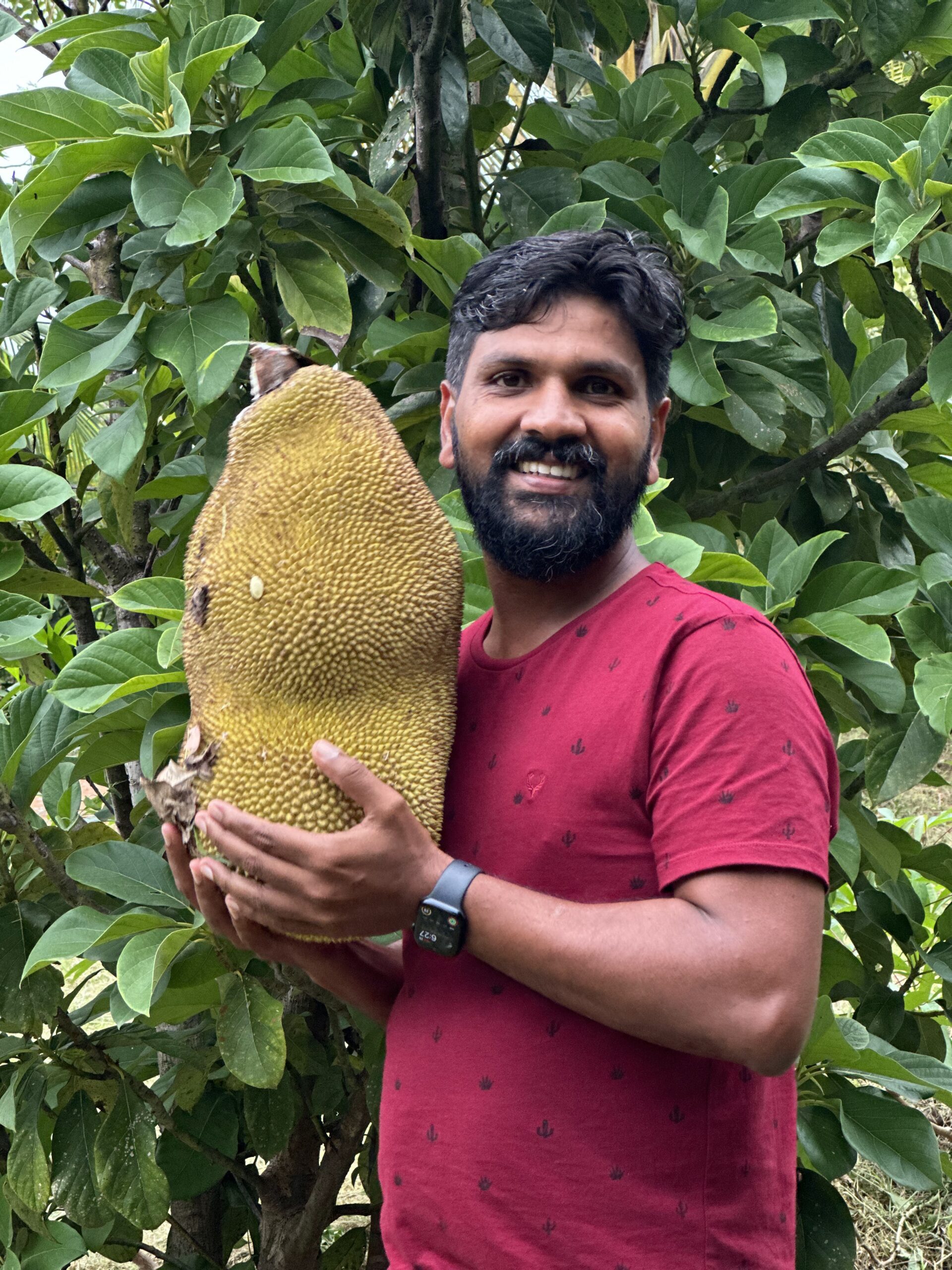
Meet Your Coach - Shihab Kunhahammed
Shihab Kunhahammed is a food forest specialist and a Miyawaki expert who has developed over 300 acres of sustainable community forests, has planted over 50,000 saplings and conducted over 30 workshops.
🌿 Early Bird Pricing: Enrol for ₹4,999 Only!
Seize this limited-time offer to master natural beauty care at ₹4999 only – half the regular price of ₹10,000, as a special early bird offer. Act fast — this special rate is waiting for you!
Any questions? Contact us at [email protected] or call us 7411707744
💚 Farmizen: Sowing Seeds of a Better Tomorrow 💚
